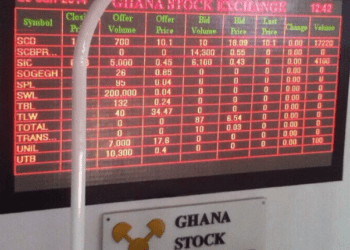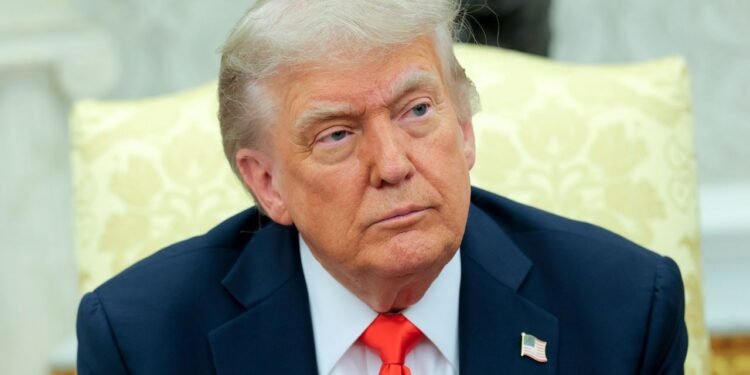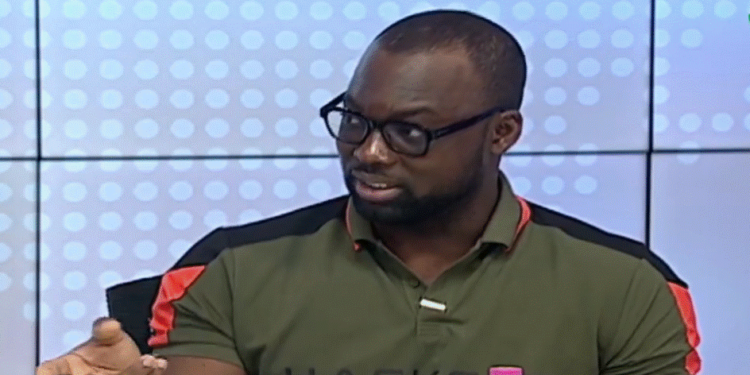Fitch Solutions has projected a significant shift in Ghana’s monetary policy landscape, forecasting a cumulative 500 basis points (5%) reduction in the Bank of Ghana’s (BoG) policy rate by the end of 2026.
This anticipated easing, expected to start in the second half of 2025, reflects a cautiously optimistic macroeconomic outlook for the West African nation.
According to Fitch Solutions, the BoG is poised to begin reducing its benchmark interest rate—currently at 28%—from the third quarter of 2025. The research arm of Fitch Ratings expects an initial 200 basis points cut to bring the policy rate down to 26% by the end of 2025. This will be followed by an additional 300 basis points cut in 2026, bringing the rate to 23%.
This marks a significant departure from the BoG’s recent monetary stance, which has been largely restrictive over the past two years. The central bank’s conservative approach was aimed at curbing inflation and stabilising the local currency amid economic challenges.
Fitch’s revised outlook comes on the back of key macroeconomic improvements, including easing inflationary pressures, relatively stable exchange rate dynamics, and lower energy import costs. These developments are expected to provide the BoG with enough room to gradually loosen its policy stance without undermining economic stability.
Inflation and Governor’s Hawkish Start
The forecast also comes in the wake of a surprise 100 basis points hike in March 2025 by the BoG, which pushed the policy rate from 27% to 28%. This unexpected decision marked the first Monetary Policy Committee (MPC) meeting chaired by the newly appointed Governor, Dr. Johnson Asiama.
Dr. Asiama’s hawkish tone at the onset of his tenure signalled a break from the more cautious approach of his predecessor, Dr. Ernest Addison. The March rate hike was justified by the central bank as necessary to “firmly anchor” inflation expectations, which had remained stubbornly high in previous months.
However, Fitch Solutions believes this tightening cycle is nearing its end and expects the BoG to adopt a more accommodative stance in response to improving economic indicators.
Strengthening the Cedi
Another positive development supporting Fitch’s outlook is the projected stability of the Ghanaian cedi. The research firm expects the local currency to maintain a broadly stable trajectory through 2025 and 2026, helped by favourable external and domestic conditions.
Notably, high global gold prices—projected to average $3,100 per ounce in 2025, a 30% increase from 2024 levels—will play a key role in shoring up Ghana’s foreign exchange earnings. The commodities team at Fitch attributes this bullish gold outlook to persistent global uncertainty, an anticipated loosening of US monetary policy, and elevated geopolitical tensions.
Simultaneously, declining oil import costs are expected to ease the country’s import bill, helping to preserve foreign reserves and support the local currency.

Ghana – Current Account Metrics, % Of GDP (LHC) & Exchange Rate, GHS per USD (RHC)
Fitch expects the cedi to close 2025 at GHS 15.5 to the US dollar, with an annual average exchange rate of GHS 15.3. This projection reflects the growing confidence in the BoG’s ability to manage currency volatility amid global economic headwinds.
Robust External Position
Adding further credibility to its policy rate forecast, Fitch Solutions projects Ghana’s current account surplus to hit a record high of 6.9% of GDP in 2025. This, coupled with rising foreign exchange reserves—from $6.4 billion to a projected $11.5 billion—will provide substantial buffers against external shocks.
These robust macroeconomic fundamentals, Fitch asserts, will reinforce the central bank’s capacity to manage exchange rate volatility and inflation while providing room to ease monetary policy without jeopardising overall economic stability.
Fitch Solutions’ outlook reflects a cautiously optimistic scenario for Ghana’s economy over the next two years. As inflation trends downward and macroeconomic indicators continue to improve, the Bank of Ghana is expected to adopt a more accommodative monetary stance—albeit gradually—to support economic growth.
While global uncertainties and potential external financial stressors remain, the country’s strong external position, rising gold revenues, and prudent fiscal management are likely to cushion the economy.
The anticipated policy rate reduction to 23% by end-2026 could signal a turning point in Ghana’s post-pandemic economic recovery and set the stage for more sustainable growth.
READ ALSO: Investor Caution Deepens as Government Rejects GHS 2.59bn in Treasury Bids



















